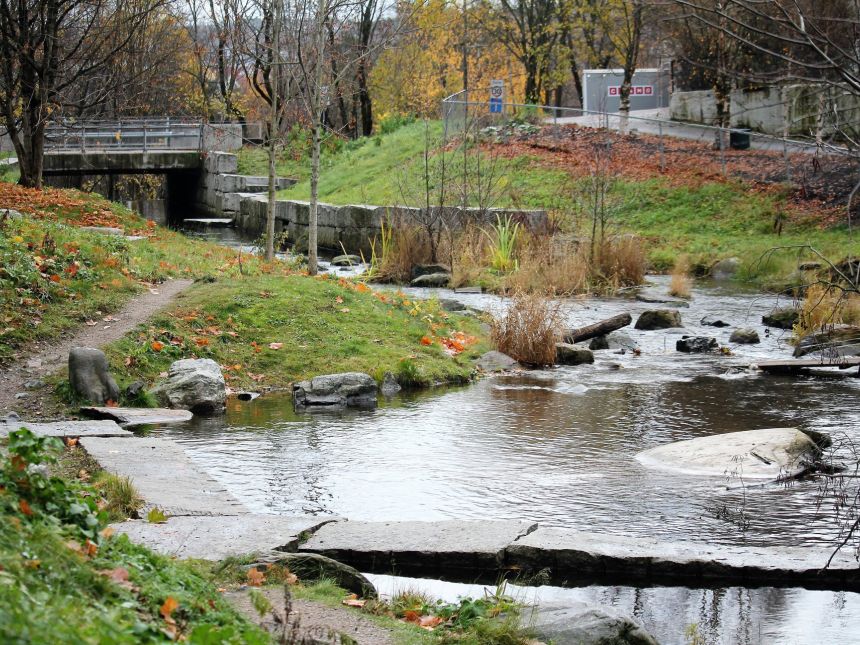
Is Europe ready to restore its nature?
Early 2024, the European Parliament will have a final vote on the Nature Restoration Law (NRL). An international team of scientists has investigated the prospects of the new regulation and published an article about it in the journal Science.
The proposed law, NRL, is a hotly debated regulation that aims to halt and reverse biodiversity loss in Europe, requires member states of the EU to implement restoration measures on at least 20 per cent of land and marine areas by 2030, and in all ecosystems in need of restoration by 2050.
Amongst a number of specific targets, the NRL specifies the area of peatlands to be rewetted, as well as targets to remove barriers to fish migration in rivers and restore the connectivity of rivers with their floodplains. The NRL has already overcome various hurdles: most recently, it was approved by the EU Parliament’s Environment Committee, after delegations of the Parliament and the Council of Europe agreed the final text.
Carefully optimistic
Will the regulation really achieve its aims? The authors of the Science article Securing success for the EU Nature Restoration Law, including scientists that lead large European projects on nature restoration and biodiversity, analysed experiences with other European environmental directives and policies, and evaluated the prospects of the NRL to be successful.
− The NRL avoids pitfalls that often obstruct the implementation of European policies and regulations, says Laurence Carvalho, head of the Freshwater Ecology section in The Norwegian Institute for Water Research (NIVA).
As the law does not need to be transposed into national law, it saves time. Also, an implementation framework is clearly laid out. At the same time, national implementation will be crucial for the NRL’s success.
Collaboration is key
For the law to be implemented successfully, nature restoration must happen in collaboration with land uses, including forestry and farming.
− Intensive agriculture is still a key driver for biodiversity loss in Europe. But targets for agriculture and nature restoration could be better coordinated, with opportunities for both, says Carvalho.
Agriculture directly benefits from healthy pollinator populations and from increased water storage capacity in the landscape that are both targets of the NRL.
The authors of the Science article conclude that funds provided by the EU’s Common Agricultural Policy need to be used for achieving the NRL’s aims: a statement to be intensively debated in coming months.
Part of the bigger picture
The NRL is part of the European Green Deal and is intended to fulfil the goals within the Kunming-Montreal Global Biodiversity Framework, an international agreement to halt and reverse nature loss. The agreement signed by 196 countries, including Norway, commits countries to restore at least 30 percent of degraded ecosystems.
References
- Daniel Hering et al. ,Securing success for the Nature Restoration Laws.Science382,1248-1250(2023). https://doi.org/10.1126/science.adk1658
.jpg) Mari Susanne Solerød
Mari Susanne Solerød
 Laurence Carvalho
Laurence Carvalho